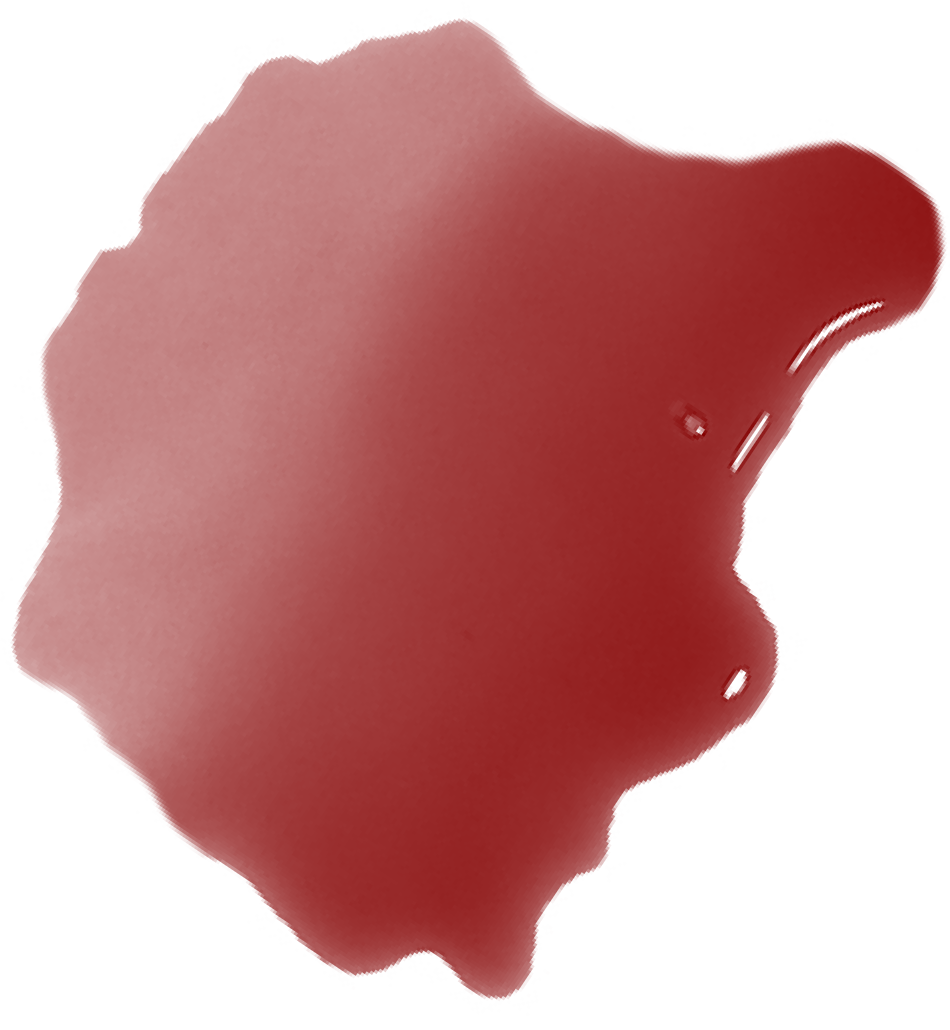


Domaine de L’Ile
About Domaine de L'Ile
In 1857, Francois-Joseph Fournier was born into a humble family in Clabecq, Belgium. Rising from the position of Assistant Train Driver at the age of 15, Fournier lead an amazing life. As a teenager while attending night school, he met a member of the Bourdon family who got him a job with the burgeoning Canadian Pacific Railway. From there, it was on to the construction of the Panama Canal and then to mining in Mexico. In 1901 he found gold in Tlalpujahua and his fortunes changed forever.
In 1911, he returned to Europe and married his wife Sylvia in Paris. As a wedding gift, Fournier bought the island of Porquerolles (just off the coast, in between Cannes and Marseilles) at auction. Devastated by massive fires a decade earlier the island was deemed irretrievably damaged by the French government, and Fournier bid 1.1 million Francs.
In order to create fire breaks, Fournier planted 170 hectares of grape and fruit vineyards on the island. Sylvia became one of the original proponents of the Cotes de Provence AOC. 7 children followed, and wine production flourished. Fournier died suddenly in 1935, and as the world plumetted into WWII, the business floundered and the island was occupied and damaged extensively. Fournier’s creation was annihilated. However, in 1957 four of the daughters banded together and began the task of rebuilding.
In 1971 the vast majority of the island was returned to the State to become part of the National Park system. One of the daughters, Lelia Le Ber replanted 20 hectares with vineyards in the Breganconnet plain and built a new cellar. Her son, Sebastien Le Ber (JF Fourner’s grandson) took over and expanded production to include olives. Today the vineyards total 34 hectares near Breganconnet and Notre dame on the SW part of the island. Schist soils, naturally imbued by iodine, manganese, and iron are farmed organically. Of course no pesticides, herbicides or chemical fertilizers are used. Minimal sulfur is employed.
